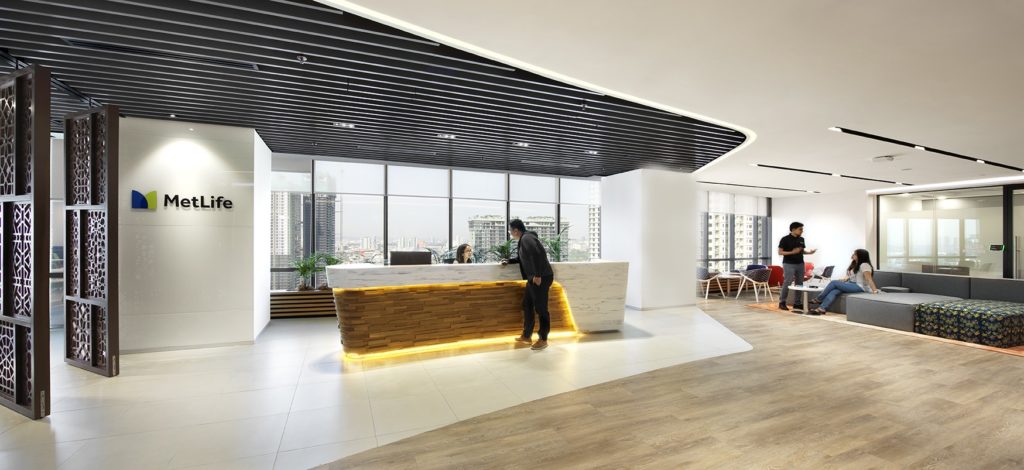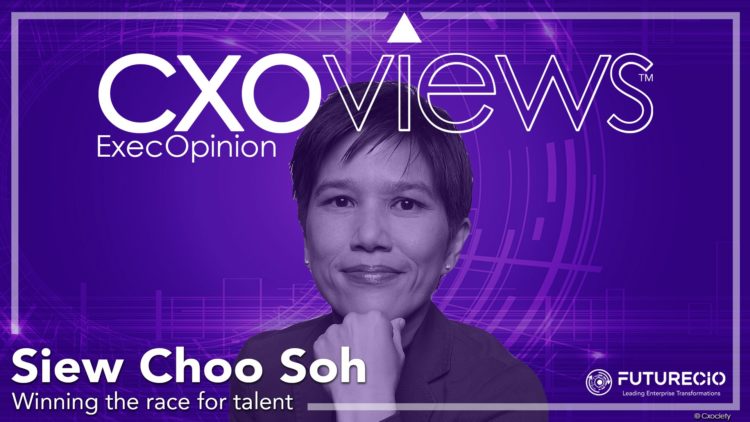What’s changing in the world of tech and how does a CIO navigate these trends?
A Gartner survey of senior business leaders about their 2022-2023 priorities noted that people, purpose and productivity as the key issues for the C-suite in 2022.
According to Mark Raskino, distinguished VP analyst at Gartner, this kind of shift hasn’t been seen since the financial crisis of 2009-2010.

“In 2022, the Gartner CEO and Senior Business Executive Survey showed that catalysed by multiple macro trends and economic factors, business leaders are reprioritising some key areas of enterprise purpose and management focus.”
Mark Raskino
Faced with what CEOs see as the biggest workforce management challenge of modern times, what does this mean for the CIO?
The workforce is getting more digital or remote, budgets may be stretched, and the world is recovering from a pandemic. Customers want services better, faster, and increasingly, online. And, as in all industries, women in tech are still fighting for leadership positions.
Siew Choo Soh, Asia chief information officer at MetLife, shares her views on these overarching trends and how MetLife is taking an innovative approach to attracting diverse talent.
Digital transformation in many industries has been accelerated by the pandemic. How does a 154-year-old company like MetLife meet the challenge?
Siew Choo Soh: We have been through a transformative couple of years where consumer behaviours have changed completely. People are now more comfortable living their lives and conducting their work in a virtual environment. Increasingly, they are turning to digital channels to engage with businesses, and their last best experience anywhere is their next expected experience everywhere.
As an industry leader, MetLife is focused on meeting and exceeding customers’ expectations. We serve more than 40 countries worldwide, including nine in Asia, providing protection and savings services.
Our Technology team is constantly building capabilities to serve customers better: balancing high touch with high-tech to deliver increasingly connected experiences across channels, and continuous improvement with insights from data and analytics.
As Asia CIO, what are your priorities?
Siew Choo Soh: Technology enables MetLife to fulfil its purpose, and to help customers build a more confident future. In practice, that means understanding the customer journey and putting capabilities in place so they can engage with us how, where and when they want and giving them a remarkable experience while doing so.

"Our top priorities include continuing to simplify and modernise and streamline processes to create seamless experiences for customers and colleagues. That covers efforts across process reengineering, agile development, automation, digitalisation, and cloud computing."
Siew Choo Soh
Another focus area for me is to attract and retain top talent who can bring to MetLife incredible diversity of experience and expertise so that we can deliver on our priorities.
What is your strategy to integrate existing technology with emerging/new technologies? What is your approach to adopting new technologies to run alongside current systems?
Siew Choo Soh: Our Global Technology and Operations team is helping to transform a 154-year-old company, and we’re doing so in an agile, open, and inclusive environment. As customer expectations evolve, we’re not standing still.
We’re streamlining and automating our core services from distribution to service to operations. We’ve made investments in digital technology. Our agile delivery model is informed by customer feedback.
As these new and current capabilities come together, we are also making sure we strike the right balance between high technology and having a human presence in the crucial moments when customers need us most.
What innovative approaches are you taking to win the war for tech talent?
Siew Choo Soh: Our Malaysia virtual hackathon is an example. This event is part of a global hiring strategy to attract the best and brightest tech talent, while at the same time training employees of today for the jobs of tomorrow.

Source: MetLife
The hackathon enables us to get to know applicants and their skills in practice, and by opening it to everyone around the world, we ensure a diverse slate of candidates.
We will hold the virtual coding challenge over the weekend of October 14-16. At the end of the hackathon, selected participants will be invited to interview for roles at MetLife’s Kuala Lumpur Centre of Excellence. We’re hiring full-stack, React, SDET, DevSecOps and cloud engineers, solution architects and scrum masters.
Changing the way, we work is another example. Our Future Work model focuses on flexible, collaborative, and agile ways of working and ensuring a great experience for our employees.
Coupled with all of this, our Global Technology and Operations organisation recently named a Head of Workforce Enablement, a new leadership position that will implement a plan aimed at developing skillsets that differentiate MetLife’s performance through customised learning strategies, career paths, development opportunities, and cultural attributes.
This position does not exist anywhere else in MetLife. It was created to be more strategic and data-driven in recruiting and retaining top talent in a tech market that’s seeing the lowest jobless numbers in 50 years.
What is your strategy to address the talent gap? Internal recruitment and training, outsourcing skills, the use of temp jobs, expanding DEI to fill?
Our focus on career development and learning is a competitive differentiator. We look at a diverse slate of candidates to fill open roles, ensuring a breadth of experience and background across the company.
We tap into talent from all industries, even if they don’t have prior experience in financial services, as we know this helps diversify our thinking and approach and drive greater innovation.
We have ongoing opportunities for colleagues to upskill and reskill. We recently launched MyPath, an internal, AI-powered platform that matches people in the organisation to people, projects and opportunities based on their skills, experiences and ambitions.
MetLife has a rich pool of learning resources such as digital self-service courses for learning and certification. We recently conducted an Asia-wide public cloud certification challenge where we saw significant adoption by our employees, leading to a tenfold increase in the percentage of employees who are public cloud certified.
As one of the women technology chiefs in Asia, you’ve been recognised for driving diversity, inclusion and female leadership. In your role, how are you supporting and developing diverse talent?
Siew Choo Soh: Having a shared purpose and working for a company with the right culture is so important. Working for MetLife’s technology team is a chance to make a real impact on a global scale – in our business and our customers’ lives.
A key part of that is building a workplace where we can leverage the diversity of talent to better meet the needs of our customers, shareholders, and communities. I join other leaders in driving DEI across all businesses, functions, and regions. Our Diversity & Inclusion networks are a key part of this strategy.
Technology is still a male-dominated domain, generally speaking. I have seen much success in advancing female representation in tech by being focused on our outreach to tap into female communities for our hiring events.
"I encourage our teams to consider people who are different, if not opposite, from themselves. Expand your evaluation criteria to consider talents’ personality, passion, and willingness to learn, as diversity is key for innovation. Be willing to groom the high potential people who may not tick all the boxes."
Siew Choo Soh
Sponsorship, allyship and mentorship are also important components of this agenda. As a leader, I see it as my moral duty to advocate and mobilise everyone to contribute to driving diversity, equity and inclusion in big or small ways. Even small steps when made consistently have the power to make a big difference.
Finally, you can’t be what you cannot see. Role modelling is a big part of breaking unconscious bias.





